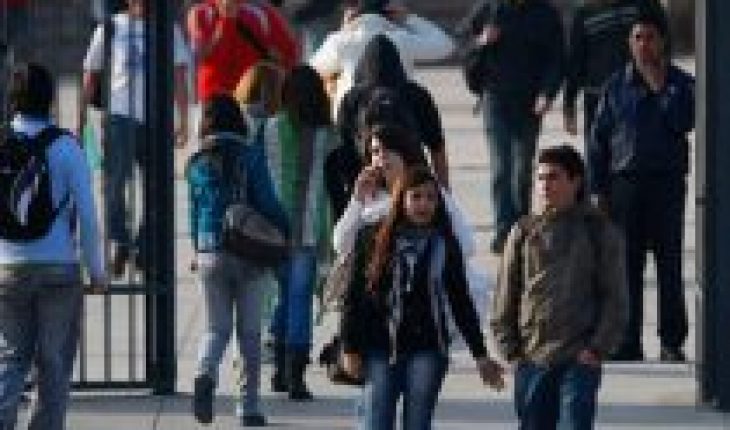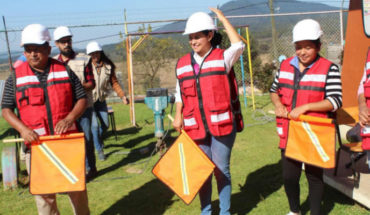
In these weeks, like every year, schools teams are closing the school year and planning for 2021. Unlike 2020, when we soon began, we had an unexpected turn to schooling, this time we have in our bodies the experience experienced this year. Despite recent advances in medicine to control the pandemic, it is likely that at least the first semester, face-to-face learning cannot be fully resumed, and that we will have to carry out a combination of face-to-face and remote classes. From our experience as a School in Action Foundation, accompanying and advising schools during this year, we propose some points that we consider central to the planning of the year 2021, and that can serve to guide educational communities: students, teachers, management teams and proxy.
There is no doubt that the work of teachers is fundamental to the learning of students. However, a persistent problem in the education system is the labor overload of teachers, who have to perform countless tasks that go beyond classroom work. This year, in many cases this overload increased further. An effective organizational strategy to address this situation is to promote collaborative work between teachers. If this work is coordinated and has a pedagogical focus, it has the effect of reducing the individual workload of teachers, and not only that, but also opens the door to the possibility of integrating knowledge between different disciplines, which in turn promotes the contextualization of learning to real-world phenomena and problems. On the other hand, the integration of disciplines can also serve to reduce the workload of students and give greater meaning to learning, because instead of responding to multiple tasks assigned by teachers in each subject that are unrelated to each other, they can work on projects that have a common thread.
Collaboration between teachers requires a different way to organize the school. This year many educational institutions took the opportunity to rething their organization to meet the challenges of remote classes. We note that in those schools where they tried at all costs to maintain the “traditional” structure, that is, separate subjects focused on the transmission of information by the teacher and students listening or, at most, responding to guides, there was enormous wear and tear on teaching teams, students and also families.
To promote collaboration between teachers, we recommend that management teams establish interdisciplinary work schedules, where progress in learning is planned together and analyzed. At first this can be difficult, but once implemented, the dynamics of the school change profoundly, as we stop conceiving knowledge in isolation and statically. In this same sense, to address the challenge of teaching this year, many teachers realized that they had much to learn from students. Why not open up to students teaching teachers about the context in which they live, about the digital applications where they interact, and the languages with which they communicate? This year became even more clear than thinking that learning comes down only to textbooks and what is born of teachers is more than obsolete.
A crucial challenge this year, and which will continue or even deepen next year, is to engage students with the learning process. An important step was the process of curriculum prioritization, as it allowed schools to view the curriculum in a more flexible way, and more prone to adapting the objectives to each reality. This is not to say that we should lower the standards or not worry about the learning of all students, but rather the opposite: focusing on those knowledge, skills and attitudes fundamental to the lives of our students. To continue to advance in this line, it is also necessary to expand and supplement our vision of evaluation – both locally and nationally – by incorporating permanent instances of feedback to students and educational communities about the achievement in the development of these skills center them. With the above points clear – what is central to learning and how to monitor progress – it is easier to plan pedagogical activities that are relevant to the lives of students. From our experience families or environments are a fundamental support, if the student environment can collaborate we recommend that the teaching teams develop evaluation tools (rubrics, matching guidelines, blogs) in a language close and understandable by both students and families.
Another lesson this year that we need to take into account is that it is possible to incorporate technologies with a focus on enhancing pedagogical interactions. We learned that too much technological knowledge is not needed from teachers or much investment in resources. It should be a priority for public policy to narrow the digital divide, as without an internet connection or access to any device, the remote education process is hindered. With these elements and a good pedagogical design you can carry out very enriching activities.
It is important to note that proposing the above points does not seek to hide the serious weaknesses of our educational system and the structural and systemic conditions that unequally affect our young people. Our education system has a tradition of relying more on control than support. This year, however, control mechanisms decreased, and as support was not significantly increased, it was educational communities that supported the learning process with their energy, creativity and professionalism.
Many and many teachers and schools year by year, despite over-control and lack of support dare to drive change and impact the lives of students. This year 2020 we value these impulses more than ever. 2021 could be the year when these innovations are institutionalized to transform the education system, and that is where public policy should focus its efforts.





